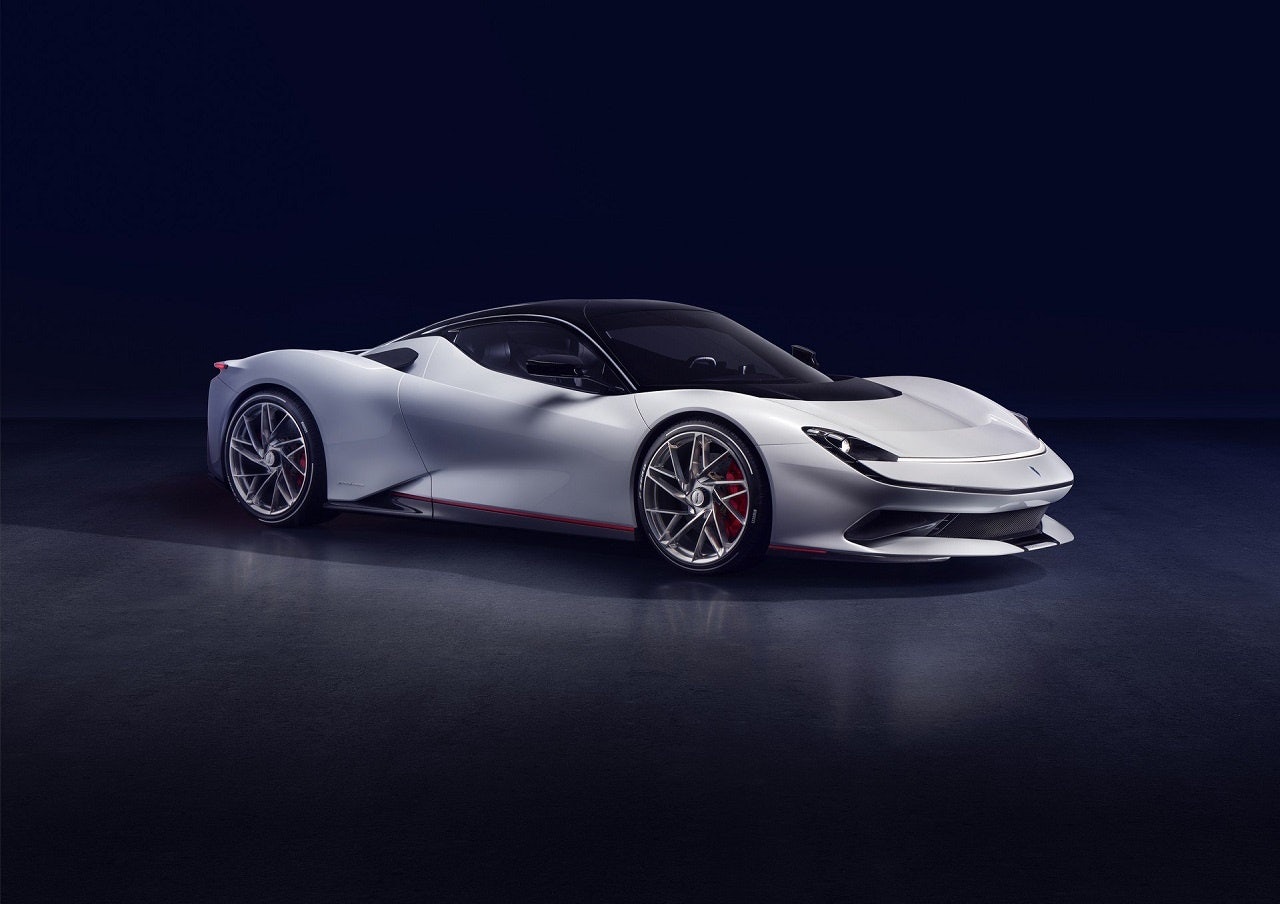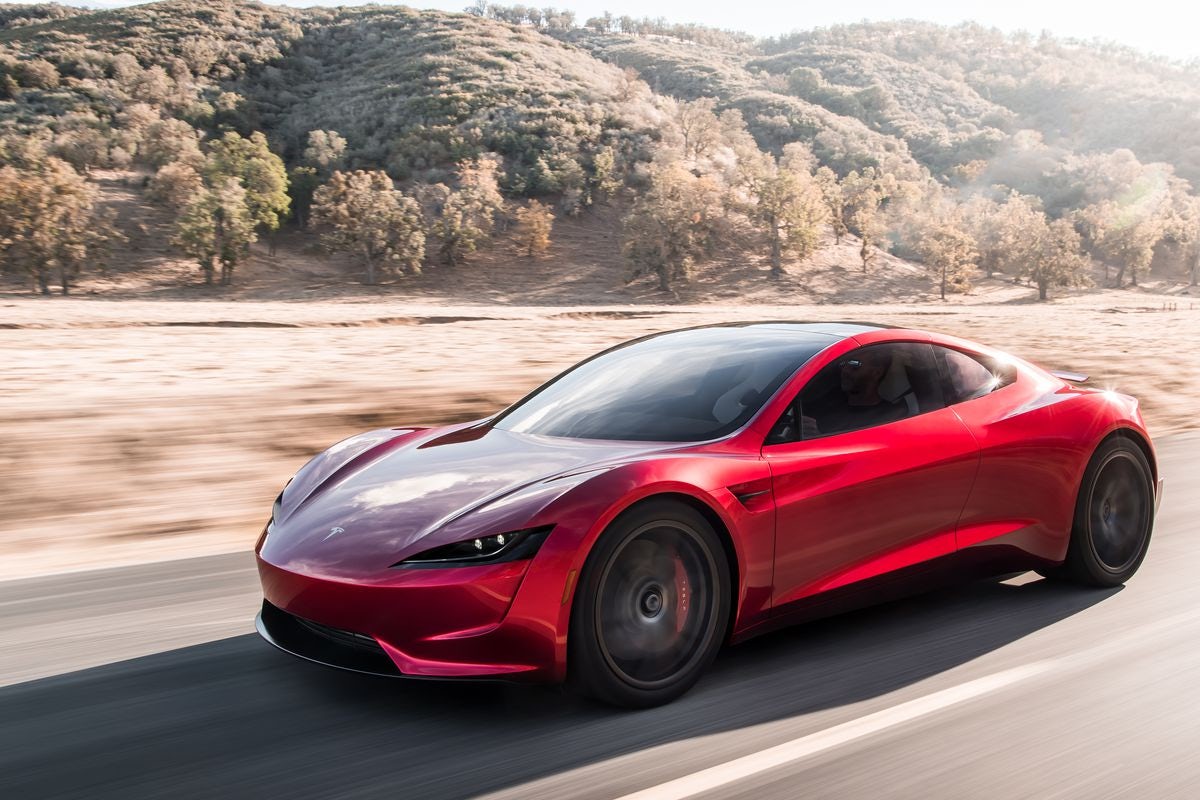Pininfarina is nothing less than a legend. The Italian automobile design firm, in symbiosis with a select group of exclusive and iconic carmakers, has designed some of the most spectacular and valuable cars of all time, including the Ferrari 250GT, the Testarossa, and the Enzo. Many Pininfarina-designed cars wore the company’s name proudly on the side. However, after decades of designing cars for others, Pininfarina has launched its own car this week, at the Geneva Motor Show, and is now sporting its iconic name on the front and back instead. The car itself is a remarkable feat of design, styling, and engineering, redefining what luxury means for automobiles.
And this is important, as we are in an era of disruption. Luxury consumers all over the world are getting younger, more sophisticated, and hungry for authentic experiences. With many of them living in highly urbanized environments like Shanghai, Beijing, Hong Kong, Tokyo, London, or Los Angeles, they experience a world in which pollution is becoming an increasing problem. It’s not surprising that more than 80 percent of all-electric vehicles in the world are bought by Chinese consumers, and that in cities like Shanghai, electric scooters have practically replaced gasoline-powered motorcycles that were ubiquitous until seven or eight years ago.
Times are changing. In a few years, many of today’s megacities will no longer allow cars that aren’t zero-emission. In my point of view, many of the traditional premium and luxury carmakers are moving far too slowly in that direction, and consequently, risk that newcomers will leapfrog and win this new game. It’s not surprising that Tesla already dominates the U.S. luxury segment with its Model S and X, and its Model 3 just became the bestselling electric car, even before becoming available in large numbers in Europe and China. While in China, hundreds — yes, hundreds — of electric car manufacturers have already launched vehicles or are ready to go, which is a fact that many people in Europe or the U.S. don’t realize. Some might have a significant technological advantage over some traditional German brands, but they will lack brand recognition and brand equity, especially outside of China. The lack of brand equity of these Chinese companies presents a unique opportunity.
This is why Pininfarina’s car is so exciting. Not only is it the fastest and most powerful car ever built, its also electric and hails from a company with an unmatched heritage and credibility in designing super sports cars. The vehicle, named Battista, underlines that the game of luxury is changing. When I met CEO Michael Perschke at the world premiere in Geneva earlier this week, I was impressed how serious he and his company are in combining luxury with sustainability. The 2 million Battista is just the beginning of a series of electric luxury cars that Pininfarina will launch over the next years. And cracking luxury and sustainability is an excellent opportunity in today’s market, where none of the luxury hypercars are sustainable.
I recently co-authored a book titled, The Sustainable Management of Luxury, and in it, I wrote about what I called the “luxury sustainability paradox,” which to me, is the difficult challenge for a brand to be both truly luxury and truly sustainable. One of the reasons is that to be perceived as a luxury, at least one performance criteria needs to be extreme. There are few successful examples, with prominent failures like the BMW i8, which in my view is too much of a compromise between the old gasoline world and the electric future. A car journalist described the i8 to me as a “faster Prius” -- certainly not a compliment, and certainly not enough to be convincing as a powerful luxury sports car. A pretty design along with a high-end brand name are not enough to build a successful sustainable luxury business model, relevant to discerning millennial consumers.
Having experienced the Battista, Pininfarina’s “different” ambition comes across. The car not only has beautiful lines, and a stunning interior that combines craftsmanship and design expertise into a fantastic luxury experience, it’s also powered by a fully-electric drivetrain — blowing away anything that gasoline cars can do, and even setting a new standard for electric vehicles. Seeing the power of this car, it is clear that traditional engines have reached the end of their lifecycle. While they will be around for another 10 or 20 years, they won’t achieve the performance that all-electric cars can reach. And by this, they won’t be able to offer sustainable luxury.
It’s great to see companies unafraid to disrupt the status quo, when leaders are bold enough to be consequent in implementing their vision. With today’s super-empowered consumers, only bold, authentic, and real offers can succeed. It’s a wake-up call for traditional car brands, and more importantly, and a periscope into the future.
Daniel Langer is CEO of the luxury, lifestyle and consumer brand strategy firm Équité. He consults some of the leading luxury brands in the world, is the author of several luxury management books, a regular keynote speaker, and holds management seminars in Europe, the USA, and Asia. Follow @drlanger


